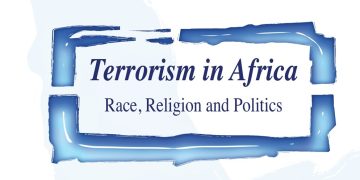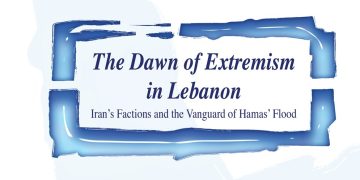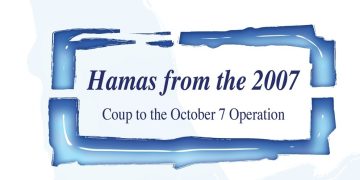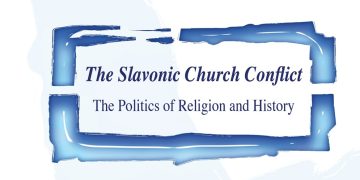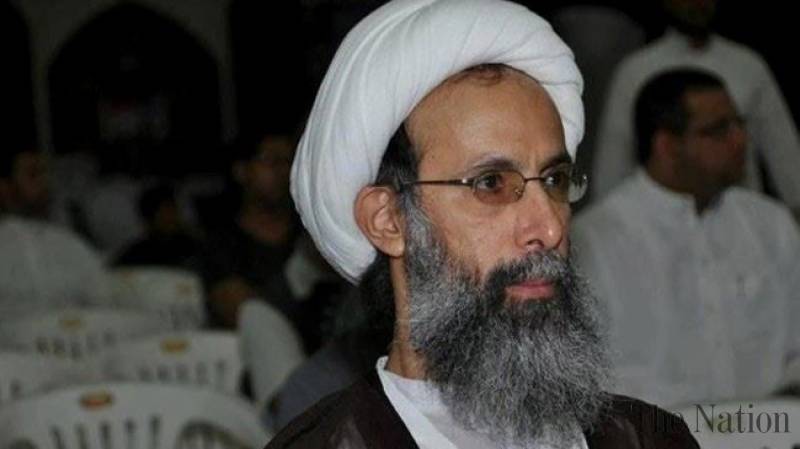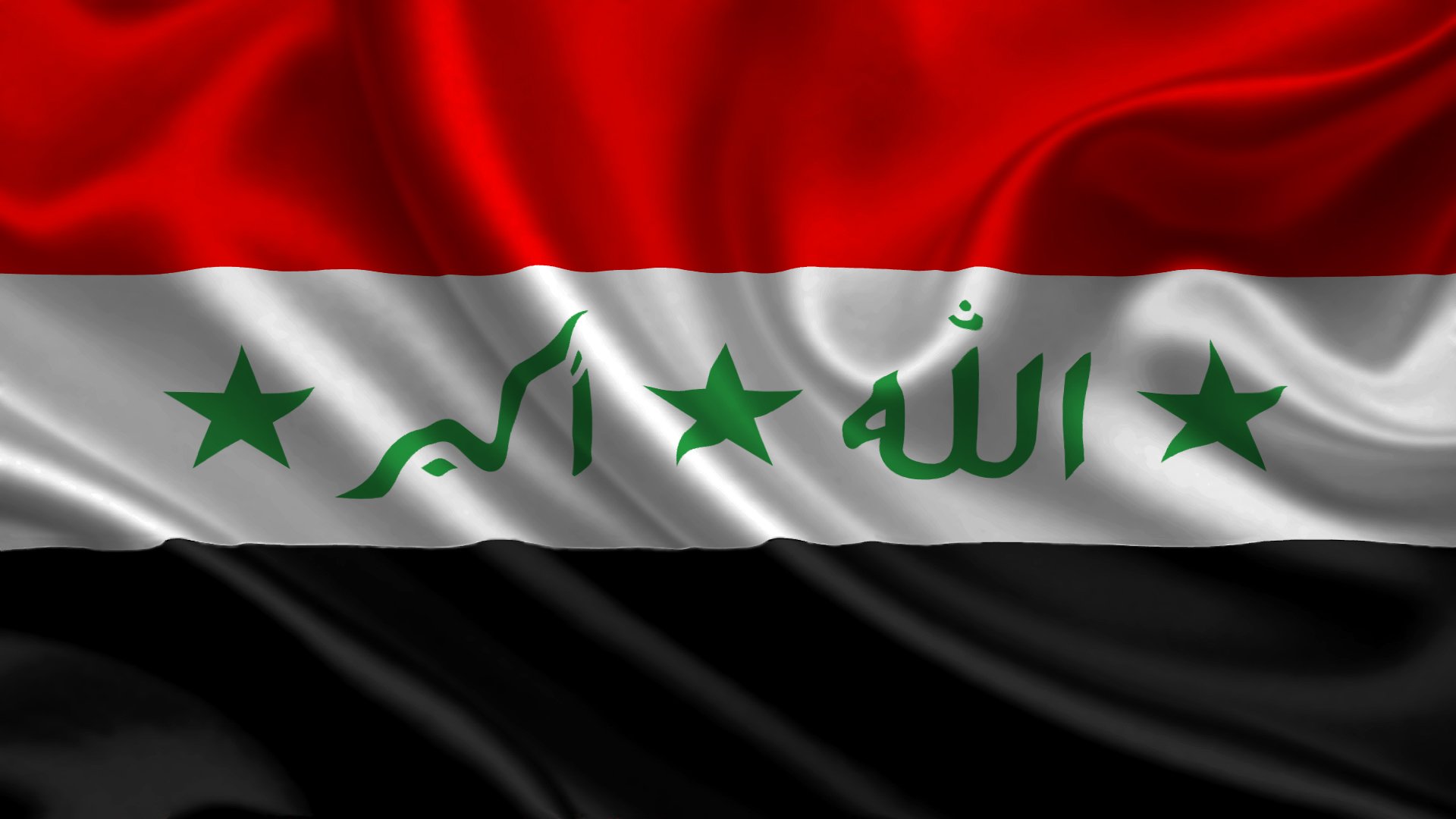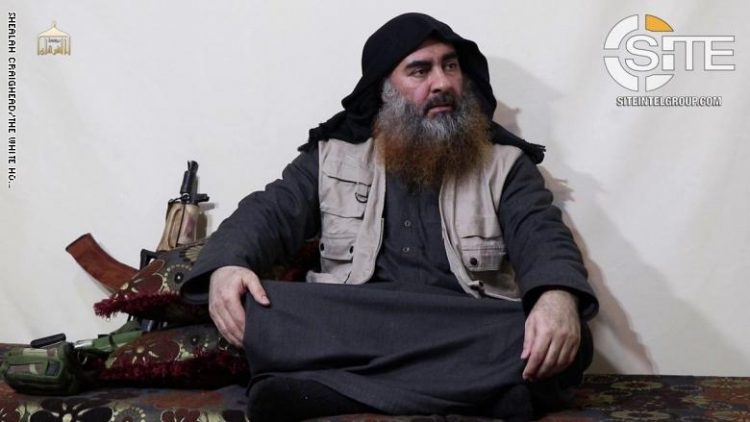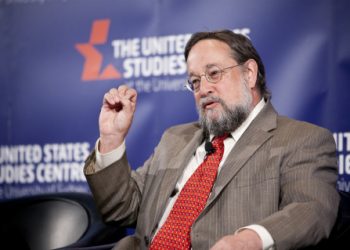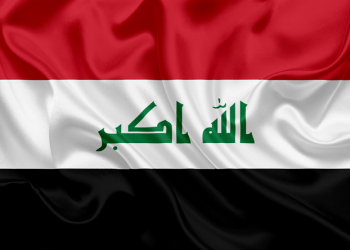by Joseph Braude –
In the Arab world as well as the West, recent discussion of the execution of Saudi Shi’ite cleric Nimr al-Nimr has been strident: Sunni Gulf states applaud the action as a step forward in the struggle against terrorism, Iran and Arab Shi’ites condemn it as part of a war on their sect, and in the West, Nimr has mostly been cast as a nonviolent opposition leader, unjustly imprisoned and wrongfully killed.
For clarity’s sake, here is some information from Saudi sources whom I regard as reliable, which speaks to the context in which the decision to execute him was made.
In the 1980s and early ‘90s, Nimr al-Nimr was a leadership figure in “Hezbollah al-Hejaz,” an avowedly Khomeinist armed group established in Saudi Arabia’s Eastern Province and active in Saudi Arabia, Kuwait, and Bahrain. In sermons and other public statements, Nimr declared the three Sunni ruling dynasties to be illegitimate, and called for taking up arms against their governments. It was a period of lethal confrontation between the movement’s activists and Saudi security forces, a predictably asymmetric conflict claiming lives on both sides. Many of the group’s fighters, and Nimr himself, fled to Iran.
In 1992, Riyadh established a truce with Hezbollah al-Hejaz, on the basis of amnesty for members who renounced the movement, forswore ties to Iran, and declared their loyalty to the Saudi state. Among the many returnees from Iran was Nimr al-Nimr: He rejected the terms of amnesty, but temporarily toned down his rhetoric.
By 2009, however, he had returned to openly advocating for “the military option,” calling in a sermon for secession from the government in Riyadh. The remarks followed a confrontation between Shi’ite protestors and Saudi police at a cemetery containing the graves of venerated Shi’ites in the holy city of Mecca. After delivering the sermon, Nimr went into hiding.
He resurfaced in 2011 in the Eastern Province during the period of the Arab spring demonstrations.
This article first appeared on the Geopoliticus blog of the Foreign Policy Research Institute.


